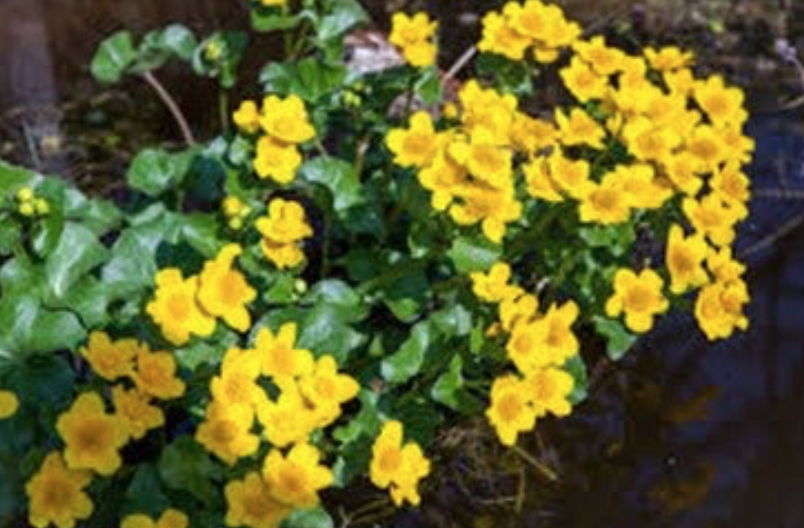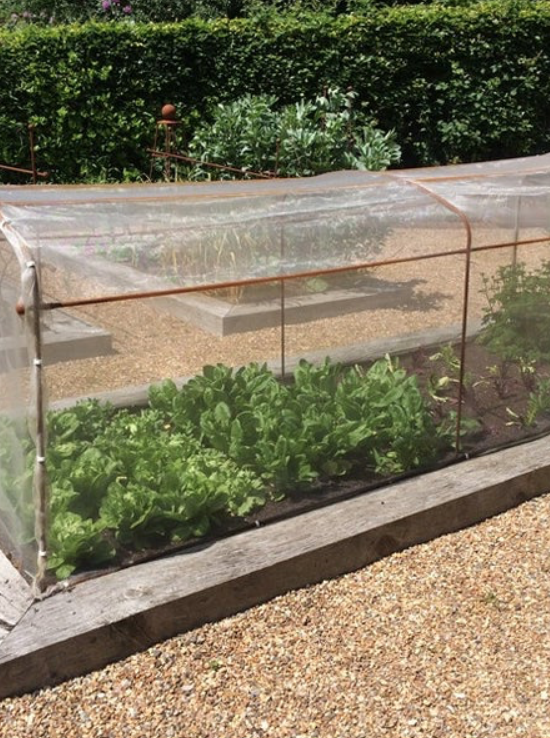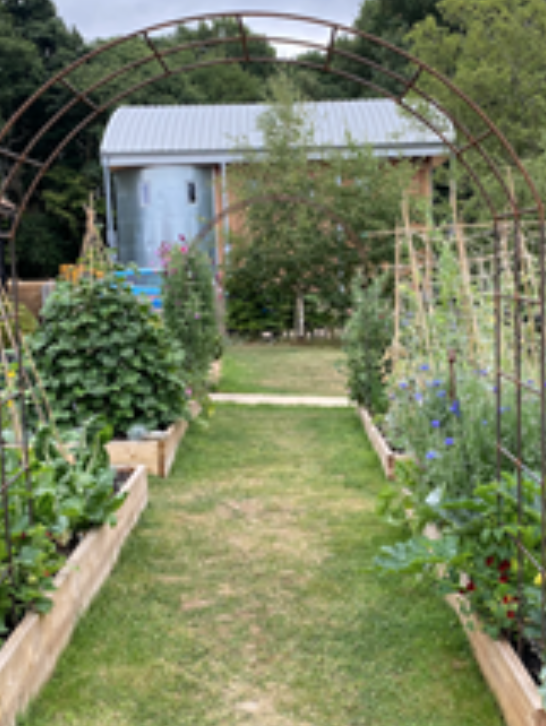
Nature Notes
SEO SpaceIt seems, sometimes, as if we slide directly from autumn into spring...
In the hedgerows, catkins are beginning to lengthen and produce their yellow pollen and pussy willows buds pushing out of their protective scales. There is a marked increase in activity in the bird population: male blackbirds are aggressively defending their territory; bluetits seem to become even more flighty than normal as they claim and defend their breeding ground and robins, those favourites of winter birds, are more aggressive than most in driving out their rivals from the patch of ground they have claimed.

In the flooded ditches, the marsh marigolds are already gleaming gold and the leaves of the yellow flag irises are pushing up their spears through the water.

Drifts of snowdrops are peeping out from under hedgerows – the flowers are, understandably, associated with purity. I have found them difficult to establish in my garden and I read that they do not appreciate the clay on which I garden but they are such a joy to see that I shall persevere.

It is always so cheering to see the first shoots appear as the harbinger of the growing season. In no time at all we’ll leave behind the frost that made the winter garden sparkle and be able to focus on the season ahead.
In the garden
January has been the month to curl up by the fire with catalogues and magazines - it is when I plan my planting for the main areas in the garden: the herbaceous borders, the raised vegetable and flower beds and the wild flower garden. February is the month for getting out and noticing every shoot that emerges. There are winter flowering shrubs to enjoy (if you don’t already have these favourites in the garden, now is the time to plant them); pick a few stems and bring them inside for their scent: witch hazel (Hamamelis molis) with its delicate scent; a few twigs of Sarcoccoca confusa can infuse a whole room or Daphne odora which flowers from January to March, filling that gap before the spring flowers start.
In the herbaceous border there is still time to plant peonies before they start into growth (Claire Austin recommends planting them even earlier in the year) – don’t plant them too deeply and don’t forget to pop on a peony support to mark the spot. Between late February and the end of March is the time to get perennials into the garden: irises – I love iris sibirica for its Japanese delicacy and planted ‘Caesar’s Brother’, a dark purple, last year; there is a hardy geranium for every scheme and setting; pulmonarias, euphorbias, dicentras, poppies - the list is endless but do give some thought to how and where to put them – in my early days of gardening my plants were constantly on the move, now I plan a little more carefully:
-
Think about your soil – is it dry or damp; acid or alkaline? Most perennials are adaptable but some are fussy
-
Think about pollinators – plants like sedums, persicarias and the lovely cirsium (‘The Melancholy Thistle’ – worth it for the name alone!) will attract bees and butterflies to the garden
-
Flowers for cutting – I do reserve a small space for cutting flowers but plenty of perennials cut well: agapanthus, astrantias, Alchemilla mollis, asters and eryngiums make wonderful cut flowers (many of them will need stakes or other supports, think about these when you are planting)
-
Prepare the ground: dig a generous hole so the roots have room to spread; work in some compost; put in the plant at the same level as it was in the pot – most plants, especially peonies, do not like to be planted too deeply; firm it in well; water it and give it some support.
Other tasks this month:
-
If you have a greenhouse, start some early annuals: sweet peas, cosmos, antirrhinums, nigella and a host more are available from seed merchants such as Thompson & Morgan
-
Sow hardy perennials such as dianthus, foxgloves, echinacea and verbena
-
Now is the time to order seed plugs for both the vegetable and herbaceous gardens. While there is great satisfaction in growing from seed, I have for many years followed the advice of an experienced gardener who said to me: ‘I don’t need many of most things so, rather than waste seeds and space, I buy most of mine in plugs’ – Sarah Raven has an extensive catalogue of seeds and plugs, full of ideas and lovely colour schemes for the garden
-
Top tip: last year I planted ammi majus among my iris ensata plants (ammis do flop so stake them early) and allowed them to self-seed in the border and nearby gravel – already I have dozens of tiny plants which have come through the worst of the weather and will get away quickly now; nigella (love-in-the-mist) is another good self-seeder, I love nigella papillosa with its wonderful seed heads; foxgloves, too, self-seed prolifically but, beware, the native purple variety will gradually come to dominate the display
-
Tidy up the borders, cut back grasses and perennials that have come through the winter and mulch the beds if you haven’t already – the weeds will very quickly get ahead of you once the soil begins to warm up
-
Even if you don’t have a greenhouse, seeds and plugs can be started off in seed trays in a cool, light place in the house.
-
Browse the complete range at www.muntons.net
Follow us on Pinterest for more advice and inspiration for your English country garden: www.pinterest.co.uk/plantsupports
Follow us on Instagram: www.instagram.com/muntons_plant_supports

The addition of protective meshing in spring. Behind the vegetable cage you can see our broad bean supports in place alongside broad beans and peas and a small Abinger obelisk that we use for climbing French beans.

A potager with raised beds is home to fruit, flowers, vegetables and herbs. The squashes will be trained up the arch.

For runner beans, a square obelisk prevents the plants from collapsing when the pods are at their full weight.
